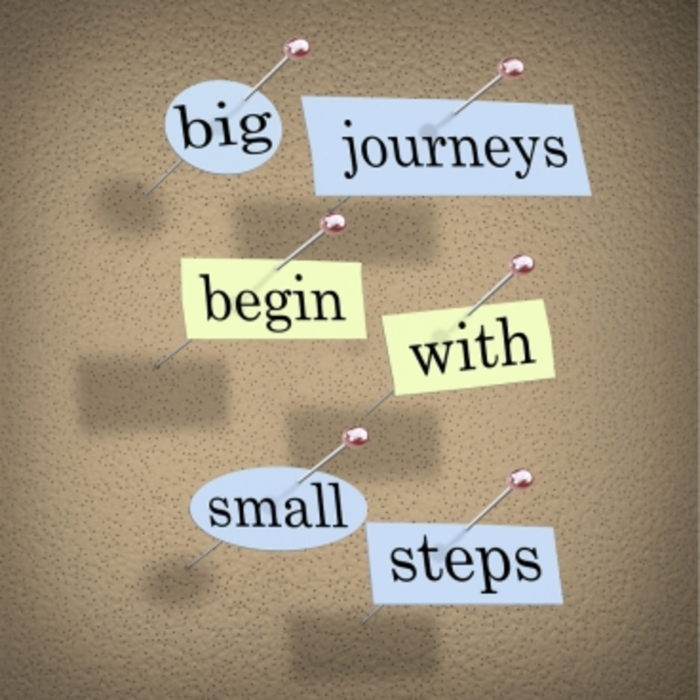Customer journey maps (CJMs) are a popular and increasingly important tool in the customer experience space. So it’s important that marketers understand what they are and how to us them effectively.
Let’s start with the basics, what is a CJM? It’s a representation of the steps and emotional states that a customer goes through during a period of time that may include some interactions with your organization. CJMs are valuable because they help identify how a customer views an organization by putting the interactions with a company in the context of the customer’s broader activities and goals. Probably the best way to understand CJMs is to see one, so here’s an example we created for a fictitious online travel company.
|
Example of Customer Journey Map for Online Travel Agency (Click to enlarge) Here are four key things to note about CJMs: It’s about the process, not the picture. If you Google “customer journey maps,” you’ll find a lot of different physical representations for CJMs. The layout of the CJM is much less important the things that you learn from the process. |
They’re not touchpoint maps. Often companies mistake a CJM for a touchpoint map, which is looking at individual interactions or “touches” with customers. The problem with this approach is that it often loses the broader context of how that touchpoint fits within a customer’s overall goal. As a matter of fact, mapping internal touchpoints is one of my 10 CX Mistakes to Avoid.
Qualitative trumps quantitative research. Even the best data warehouses can’t tell you about the intent of customers or about steps that they go though that don’t include your company. You’ll need to go out and speak to customers. This can include ethnographic techniques like journaling and contextual inquiry. After you have the journey defined, you can use some quantitative methods to identify how often some activities occur.
As always, segments matter. Different customers go though different journeys. So the most effective CJMs look at the paths of individual customer segments. Sometimes there are even different CJMs for individual customers in a single segment.
How can marketers use CJMs? While that’s a fair question, I hope the value is obvious. If you understand what customers are thinking and doing along their journeys, then there are a host of opportunities for smart marketers to take advantage of those insights. Here are some that come to mind:
Tailor your messaging. Customers are thinking about different things at different stages in their journey. Using the journey map, you can better target your messages to the stage of the customer’s journey.
Identify new offerings. If you spot gaps in your offerings that lead customers to go elsewhere, then that’s a perfect place to consider pushing for some new products.
Target some cross-selling. If some of your customers’ journeys include additional purchases, then those customers may be good candidates for cross-sell programs.
Build marketing relationships. If you find that your customers’ journey includes connecting with other companies, then those other firms may be good candidate for some marketing partnerships.
CJMs aren’t just a great CX tool, they’re a great marketing tool, as well. Hopefully they’ll help you gain powerful new insights about your customers.
The bottom line: Marketers need to facilitate their customers’ journeys.







